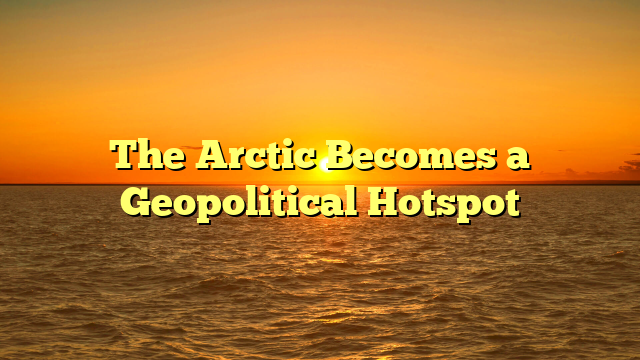Once viewed as a remote expanse of ice and wilderness, the Arctic is now at the heart of global geopolitics. Climate change is melting ice at unprecedented rates, opening new shipping lanes and exposing vast reserves of oil, gas, and minerals — turning bonus Naga169 the polar region into a new frontier for strategic competition.
Russia, which controls nearly half of the Arctic coastline, has rapidly expanded its military presence, building new bases and deploying icebreaker fleets. Moscow views the region as essential to its economic and security ambitions.
The United States and NATO are responding in kind. Norway, Finland, and Sweden’s increased integration with the alliance has transformed the High North into a zone of heightened vigilance. China, though not an Arctic state, has declared itself a “near-Arctic power,” investing heavily in polar research and infrastructure under its Polar Silk Road initiative.
Indigenous communities, meanwhile, find themselves caught between opportunity and exploitation. Melting ice opens economic prospects but threatens traditional livelihoods and fragile ecosystems.
Environmentalists warn that the rush for resources could trigger a geopolitical scramble reminiscent of the 19th-century colonial era — only this time, it’s happening at the top of the world.
As the ice recedes, the Arctic is emerging not just as a climate crisis symbol, but as the newest — and coldest — battleground of global power politics.
